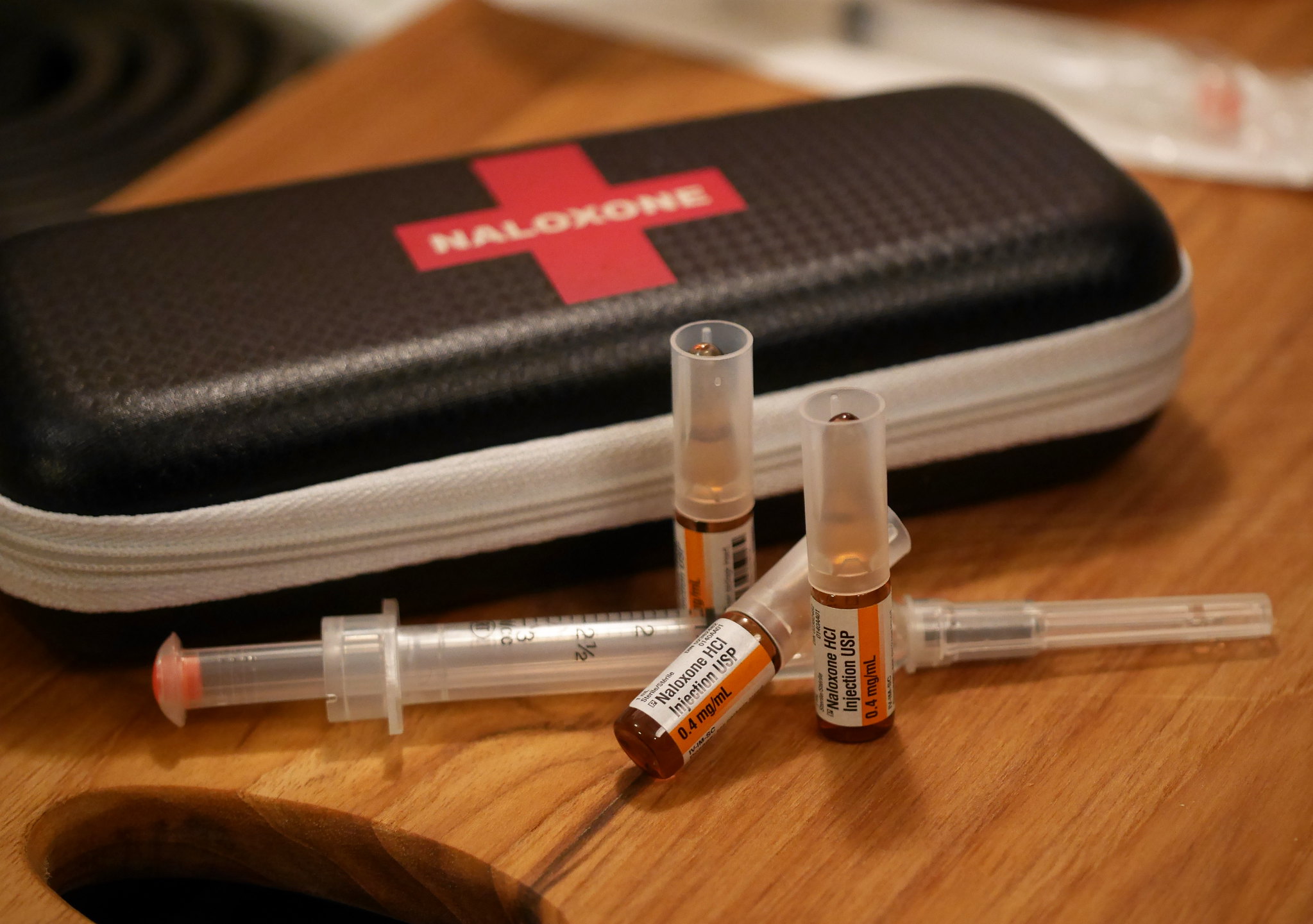I heard a story last week of a man who was struggling with opioid addiction. He was turned down for medication treatment by the only provider within several hours’ driving distance, because the doctor wasn’t taking new patients given the COVID-19 outbreak.
Meanwhile, harm reductionists are among the invisible healthcare workers continuing to provide essential services. Armed with syringes and naloxone, the opioid overdose reversal medication, they continue to hit the streets in cities and towns across the country.
For people who use drugs, COVID-19 is an epidemic upon an epidemic. Until just a couple of months ago, overdose was the persistent public health crisis in the US headlines. Overdose caused the deaths of close to 70,000 people in this country in the 12-month period through July 2019, the most recent data available. It hasn’t gone away with the arrival of COVID-19.
People with underlying chronic health conditions face increased severity and risk of death from COVID-19 infection. These same health conditions are also disproportionately high among people who use drugs. Rates of chronic obstructive pulmonary disease, heart disease and diabetes are all higher than in the general population.
We have learned that COVID-19 infection is preventable, with a public health response. If we are able to practice hand washing and physical distancing, we can flatten the curve.
But people who use drugs also face socially produced vulnerabilities to COVID-19. Incarceration—and the limitations on physical distancing inherent in those settings—is more common for people who use drugs, because drug use remains a crime. Two-thirds of the US jail population meets the clinical diagnosis of substance use disorder, research shows.
Give people housing. Homelessness is a health risk, for both COVID-19 and overdose.
Drug use is also higher among homeless populations, especially among people living on the streets or in encampments, and such conditions make hand washing and access to basic healthcare extremely difficult. And both incarceration and homelessness exacerbate the risk of overdose.
We don’t yet know much, statistically, about the impact of the global pandemic on populations who use drugs, who are homeless or who are incarcerated. But we can expect the burden to be enormous, and dynamic: The novel coronavirus has already taught us much about the interconnectedness of human beings on this planet.
Here in New York City, we are seeing emergency rooms overwhelmed by COVID-19 cases, and we know the surge is coming to other areas. Urgently adopting proven strategies for reducing overdose could also reduce COVID-19 infections—and both will reduce demands on the system.
Municipalities, counties, and state governments should act now:
1. Decarcerate. Release people being held on drug and other low-level charges from jails, and ensure they have adequate re-entry support to the community. Stem the flow of new entries to jail by halting arrests for drug and other low-level offenses. It is fundamentally unethical to expose people to life-threatening infection with detention for low-level charges like simple drug possession and small-time shoplifting. And fewer people in detention will make it easier to deliver healthcare for those who are still held there.
2. Maximize medication treatment access. New emergency federal regulations and rules reduce the requirement that patients travel to providers to receive buprenorphine or methadone treatment. Providers can prescribe 30 days of buprenorphine at the first visit, and all care can be delivered via telephone. Methadone treatment programs can give take-home methadone doses for up to 28 days, and are especially encouraged to make these arrangements for people with underlying chronic health conditions. When we reduce the frequency and number of visits people have to make to get their medication, we reduce potential exposure to the novel coronavirus. And buprenorphine and methadone treatment both reduce the risk of overdose.
3. Get naloxone into social networks of drug use. Now, possibly more than ever, naloxone distribution to people who use drugs and the people with whom they spend their time will save lives. Ambulance services and emergency departments are already stretched because of COVID-19, and overdose will soon be competing for their attention. Mail order naloxone makes it even easier to have this lifesaving tool on hand for reversing overdose.
4. Give people housing. Homelessness is a health risk, for both COVID-19 and overdose. Many cities are already scrambling to invent temporary solutions to homelessness in the face of growing COVID-19 cases in their cities. Now is the time to expedite a thoughtful housing strategy for people experiencing homelessness, including people who use drugs. Reactive and costly measures can be avoided now, and for the future.
A growing body of toolkits and guidance briefs is available for reducing COVID-19 risk related to drug use and vulnerable populations. Much of the work related to drug use could be financed by the opioid response grants awarded to states; federal authorities should make this funding flexible to optimize support.
In these days of exponential growth in COVID-19 cases and deaths in the US, we can already reflect on how much we have come to understand about community and social connection. It’s up to us to decide to learn from this experience, and proactively protect the most vulnerable among us; their fate is also ours. The health consequences of our decisions lie in front of us.
Photo of naloxone kit by Jeff Anderson via Flickr/Creative Commons 2.0





Show Comments